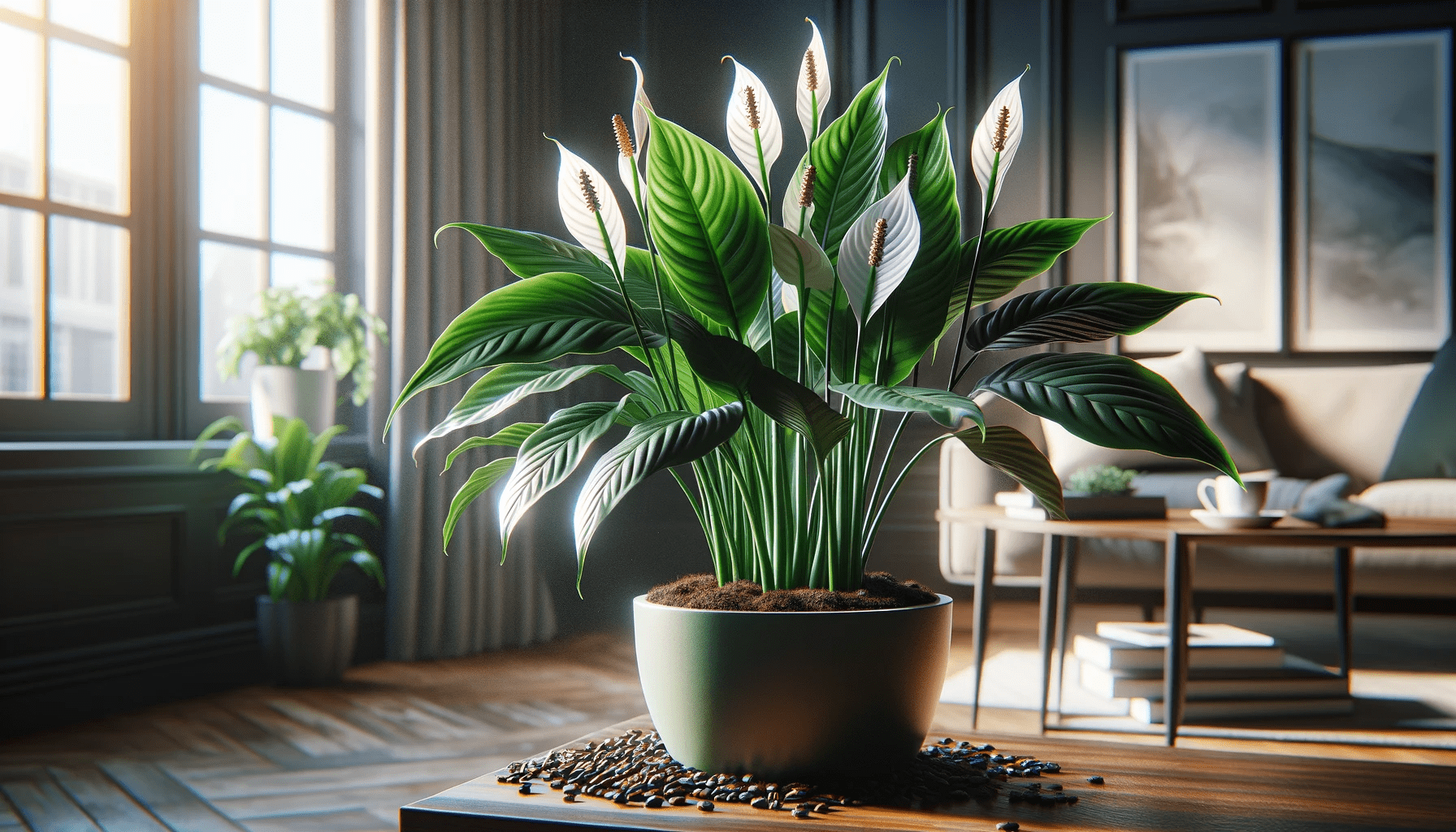
In the realm of indoor gardening, coffee grounds emerge as an unexpected ally, teeming with potential to enrich plant life.
This article will guide you through the benefits and drawbacks of using coffee grounds, providing essential dos and don’ts, and revealing which plants will savor the brew and which might suffer from it.
Key Takeaways
- Coffee Grounds as Fertilizer: A natural way to boost plant growth, coffee grounds add nutrients to the soil.
- Best Plants for Coffee Grounds: Acid-loving plants like African violets, jade plants, and peace lilies enjoy coffee grounds.
- Application Methods: Mix grounds into the soil, make a coffee ground “tea,” or add to compost.
- Dos and Don’ts: Use in moderation, watch for mold, and never use on plants sensitive to acidity.
- Pet Safety: Coffee grounds can be harmful to pets; keep them out of reach.
- Composting: Coffee grounds can enrich compost bins, aiding in nutrient recycling.
Brewing Up Benefits: Enhancing Houseplant Growth with Coffee
Coffee isn’t just for kickstarting your morning; it’s also a secret weapon for green-thumbed enthusiasts. When used correctly, coffee grounds can be a fantastic addition to your indoor plant care regimen.
They’re rich in nitrogen, a crucial nutrient for plant growth, and contain other minerals like potassium and phosphorus, which are beneficial to plant health.
But before you start sprinkling those grounds, it’s important to know which plants will sing with a sprinkle of coffee and which might suffer.
Perked-Up Plants: Houseplants That Thrive on a Coffee Diet

Not all houseplants are coffee aficionados. Those that love a slightly acidic soil will respond best. Here’s a quick list to get you started:
| Plants That Benefit from Coffee Grounds | Plants That May Be Harmed by Coffee Grounds |
| African Violets (Saintpaulia) | Spider Plant (Chlorophytum comosum) |
| Christmas Cactus (Schlumbergera) | Snake Plant (Sansevieria trifasciata) |
| Azaleas (Rhododendron spp.) | Zebra Plant (Aphelandra squarrosa) |
| Jade Plant (Crassula ovata) | Pothos (Epipremnum aureum) |
| Gardenias (Gardenia jasminoides) | Aloe Vera (Aloe barbadensis miller) |
| Camellias (Camellia spp.) | ZZ Plant (Zamioculcas zamiifolia) |
| Blueberry Bush (Vaccinium spp.) | Peace Lily (Spathiphyllum) |
| Orchids (Various genera) | Rubber Plant (Ficus elastica) |
| Rhododendrons (Rhododendron spp.) | Areca Palm (Dypsis lutescens) |
| Hydrangeas (Hydrangea macrophylla) | English Ivy (Hedera helix) |
| Cyclamen (Cyclamen spp.) | Asparagus Fern (Asparagus setaceus) |
| Holly (Ilex spp.) | Calathea (Calathea spp.) |
| Magnolia Bushes (Magnolia spp.) | Yucca (Yucca elephantipes) |
| Begonias (Begonia spp.) | Fiddle Leaf Fig (Ficus lyrata) |
| Fuchsia (Fuchsia spp.) | Boston Fern (Nephrolepis exaltata) |
| Primrose (Primula spp.) | Schefflera (Schefflera actinophylla) |
| Crepe Myrtle (Lagerstroemia) | Philodendron (Philodendron spp.) |
| Daphne (Daphne spp.) | Dracaena (Dracaena spp.) |
| Heather (Calluna vulgaris) | Majesty Palm (Ravenea rivularis) |
| Gloxinia (Sinningia speciosa) | Anthurium (Anthurium andraeanum) |
Remember, moderation is key. A sprinkle every few weeks is plenty.
The Art of Coffee Fertilization: Best Practices for Houseplant Care
When it comes to fertilizing your houseplants with coffee, think of it as an art. The key is to use coffee grounds sparingly and judiciously to avoid over-fertilization, which can lead to poor plant health.
Coffee Grounds Cultivation: 6 Effective Methods for Plant Care
Coffee grounds can be a valuable addition to your indoor plant care routine if used in the right way. Here are six effective methods to utilize this resource:
1. Top Dressing
Top dressing involves sprinkling a thin layer of coffee grounds on top of the soil around your plants. This method is particularly easy and beneficial for plants that prefer acidic conditions.
- How to Do It: Simply spread a thin layer (no more than a half-inch) around the plant, avoiding direct contact with the stems.
- Benefits: As you water your plants, the nutrients from the coffee grounds will slowly seep into the soil, providing a gradual feed.
- Best For: Plants like African violets and azaleas that benefit from the acidification of the soil.
2. Liquid Coffee “Tea”
Creating a coffee “tea” is a gentle way to provide your plants with the benefits of coffee grounds without the risk of over-acidifying the soil.
- How to Make: Soak approximately six cups of used coffee grounds in a five-gallon bucket of water. Let it steep for two to three days.
- How to Use: Dilute this tea with water until it looks like weak tea – then use it to water your plants.
- Benefits: It provides a gentle, diluted nutrient solution that is less likely to cause harm even to more sensitive plants.
3. Compost Addition
Coffee grounds are a green compost material, which means they are rich in nitrogen. Adding them to your compost bin is an excellent way to improve the quality of your compost.
- How to Add: Maintain a good balance by adding one part coffee grounds to at least 20 parts other compost materials (browns like dry leaves, straw, or paper).
- Benefits: They help heat up the compost pile and speed up the composting process.
4. Mulching
Mulch helps retain soil moisture, suppress weeds, and protect roots. Coffee grounds can serve as a nutrient-rich mulch.
- How to Apply: Spread a layer of grounds around your plants. Be sure not to pile it too thickly, as this can prevent water from seeping through.
- Benefits: Coffee grounds can help retain moisture in the soil and may deter some pests.
5. Seedling Boost
Coffee grounds can give seedlings a boost right from the start.
- How to Use: Mix grounds into the soil at the bottom of the planting hole or sprinkle a small pinch in the hole before adding the seedling.
- Benefits: The grounds provide nutrients that are accessible to the young roots, encouraging strong initial growth.
6. Pest Repellent
Coffee grounds have a strong smell and acidic nature, which some pests find unappealing.
- How to Use: Sprinkle grounds around the base of the plant or the edges of pots to create a barrier.
- Benefits: It can deter pests like ants and slugs without the use of harsh chemicals.
Tips for Using Coffee Grounds in Plant Care
- Always test the pH of your soil before and after using coffee grounds to ensure it remains within a range that is healthy for your plants.
- Start small with any new addition to your plant care routine, including coffee grounds, to prevent overdoing it.
- Observe your plants’ reactions after applying coffee grounds. If you notice any negative changes, such as yellowing leaves or stunted growth, cease application and reassess.
By incorporating these methods into your plant care routine, you can recycle your coffee grounds and provide your plants with a sustainable source of nutrients.
Just remember to use them in moderation and monitor your plants to ensure they are responding well to the treatment.
Frequency of Application
- Direct Application: Once a month is sufficient.
- Liquid “Tea”: Every two to four weeks during the growing season.
- As Compost: Use compost as you normally would when potting or refreshing soil.
Quantity Guidelines
- Small Pots (up to 5 inches): 1 teaspoon of grounds.
- Medium Pots (6 to 8 inches): 2 teaspoons of grounds.
- Large Pots (over 8 inches): 1 tablespoon of grounds.
Ground Rules: Dos and Don’ts for Coffee Grounds in Indoor Gardening

To ensure that your coffee grounds provide benefits rather than harm, follow these guidelines:
| Dos | Don’ts |
| Test your soil’s pH to ensure it’s suitable for coffee grounds. | Overapply coffee grounds, which can lead to acidic soil and harm plants. |
| Dry out coffee grounds before using to prevent mold growth. | Use coffee grounds on plants that prefer neutral to alkaline soil, like spider plants and snake plants. |
| Research your plants to ensure they are the type that benefits from coffee grounds. | Ignore your plants’ reactions to the coffee grounds; watch for signs of distress. |
| Start with a small amount and observe how your plants react before making it a regular part of your care routine. | Forget to balance coffee grounds with brown compost materials to avoid nitrogen tie-up. |
| Use coffee grounds as part of a balanced compost mix to enrich the soil. | Let pets have access to coffee grounds or plants treated with them due to potential toxicity. |
| Incorporate coffee grounds into your compost to add nitrogen and improve compost quality. | Assume all plants will benefit from coffee grounds; some may suffer from the added acidity. |
Pet-Friendly Planting: Keeping Pets Safe in Coffee-Enriched Indoor Gardens
While coffee grounds can be a boon for plants, they can be harmful if ingested by pets. Caffeine is toxic to cats and dogs, and even small amounts can cause adverse effects.
Safety Measures
- Elevate Your Plants: Keep potted plants out of reach of curious pets.
- Create Barriers: Use plant stands or shelves to physically block access.
- Monitor Your Pets: Be vigilant if your pet shows interest in your plants.
From Grounds to Growth: Crafting Your Own Plant Compost with Coffee
Composting with coffee grounds is a fantastic way to recycle these leftovers into something beneficial for your plants. Coffee grounds add nitrogen, a vital component for composting, which helps to heat the pile and speed up the decomposition process.
Steps to Make Coffee Ground Compost
- Collect Your Grounds: Save your coffee grounds in a container.
- Add to Compost Bin: Mix grounds into your compost bin with a 1:20 ratio of coffee to other materials.
- Balance with Browns: Ensure you have a good mix of ‘green’ kitchen scraps and ‘brown’ yard waste.
- Turn Regularly: Aerate your compost by turning it every few weeks.
Bitter Truths: Potential Pitfalls of Coffee Grounds in Indoor Gardens
While coffee grounds can be a garden boon, they’re not a one-size-fits-all solution. Here’s a deeper look at the potential pitfalls when using coffee grounds in your indoor garden:
Over-Acidity
Coffee grounds can lower the pH of the soil, making it too acidic for some plants, which can lead to nutrient deficiencies and poor plant health.
- Signs of Trouble: Yellowing leaves, stunted growth, leaf burn.
- Preventive Action: Test soil pH regularly and only use grounds with acid-loving plants.
Nitrogen Tie-Up
Fresh, uncomposted coffee grounds can temporarily bind up nitrogen in the soil as they decompose, making it unavailable to plants.
- Symptoms to Watch For: Slow growth, pale-colored leaves, reduced vigor.
- Solution: Compost coffee grounds before use or apply in small amounts.
Mold Growth
Used coffee grounds can mold quickly, especially in the warm, moist environment of a plant pot.
- Risks: Mold can be unsightly and may pose a risk to sensitive individuals or pets.
- Mitigation: Dry out coffee grounds thoroughly before applying or mix them into the soil to improve aeration.
Attracting Pests
While coffee grounds can deter some pests, they may attract others, such as roaches or rodents, if not used correctly.
- Precaution: Use grounds in moderation and remove any that show signs of pest attraction.
Soil Compaction
Coffee grounds can compact over time, potentially reducing aeration in the soil.
- Consequences: Compacted soil can lead to poor root growth and water drainage issues.
- Countermeasures: Mix coffee grounds with other organic matter to maintain a loose soil structure.
Over-Fertilization
Coffee grounds are rich in certain nutrients, and too much can lead to an imbalance in the soil.
- Indicators: Excessive growth of foliage with poor flowering, salt buildup in the soil.
- Control Measures: Use coffee grounds as part of a balanced fertilization plan, and don’t rely on them as the sole source of nutrients.
Plant-Specific Sensitivity
Some plants are more sensitive to coffee grounds than others, particularly those that prefer neutral to alkaline soil.
- Observation Needed: Watch for adverse reactions in plants after applying coffee grounds and discontinue use if problems arise.
Unpleasant Odor
As coffee grounds begin to decompose, they can emit an unpleasant odor, which may be unwelcome in indoor settings.
- Prevention: Ensure grounds are dry and used in moderation to prevent odor issues.
Staining
Coffee grounds can stain pots and surfaces they come into contact with.
- Careful Application: Apply grounds carefully and consider lining the pot’s base if necessary to prevent stains.
Misjudging Quantity
It’s easy to overestimate the amount of coffee grounds needed for beneficial effects.
- Guideline: A general rule of thumb is to use no more than a quarter-inch layer of coffee grounds for top dressing.
By being aware of these potential pitfalls and managing coffee grounds use carefully, you can avoid the bitter truths and keep your indoor garden thriving.
Unearthing Coffee Grounds: Composition and Nutrient Profile
Before we scatter coffee grounds into our plant pots, let’s grind down what they’re made of. Coffee grounds are rich in nitrogen, providing about 2% by volume. They also contain essential minerals for plant growth such as potassium, phosphorus, magnesium, and copper.
They offer a small amount of phosphoric acid and trace amounts of other organic acids, which can help to create a slightly acidic soil environment that many plants desire.
Nutrient Breakdown Table
| Nutrient | Benefit to Plants |
| Nitrogen | Promotes leaf growth and green color |
| Potassium | Aids in flower and fruit development |
| Phosphorus | Encourages root growth |
| Magnesium | Essential for photosynthesis |
| Copper | Important for plant metabolism |
The Case for Coffee: 7 Reasons Why Coffee Grounds Are Plant-Friendly
Coffee grounds are more than just waste; they’re a resource. Here’s why they’re good for your plants:
- Slow-Release Nitrogen: Provides a steady source of nitrogen over time.
- Improved Soil Structure: Helps to aerate the soil, allowing roots to breathe.
- Water Retention: Grounds can help soil retain moisture, reducing the need for watering.
- Attracting Earthworms: Worms love coffee grounds, and they help to break down soil and make nutrients more accessible.
- Eco-Friendly: Using coffee grounds as fertilizer reduces waste.
- Disease Suppression: Some studies suggest grounds have antimicrobial properties.
- Pest Deterrence: Coffee grounds can repel slugs and snails.
A Brew-tiful Relationship: Plants That Love Coffee Grounds
While we’ve touched on some plants that enjoy a coffee boost, let’s brew up a more comprehensive list. Here’s a table of plants and how they benefit from coffee grounds:
Table of Plant Preferences
| Plant Type | Benefit from Coffee Grounds |
| Acid-Loving Plants | Enjoy the lowered pH from coffee grounds |
| Flowering Plants | Benefit from the phosphorus and potassium |
| Foliage Plants | Thrive on the nitrogen for lush leaves |
The Dark Side of Coffee Grounds: Recognizing the Disadvantages
Despite their benefits, coffee grounds can have drawbacks. Overuse can lead to excessively acidic soil, potentially harming plants. Additionally, fresh coffee grounds are considered “green” compost material and can temporarily tie up nitrogen in the soil as they decompose, making it unavailable to plants.
Disadvantages Table
| Disadvantage | Impact on Plants |
| Soil Acidity | Can harm plants that prefer neutral pH |
| Nitrogen Tie-Up | May deprive plants of nitrogen temporarily |
| Mold Growth | Can occur if grounds are not used or composted properly |
Caffeine Boost: Why Some Indoor Plants Like Coffee Grounds
Certain indoor plants don’t just tolerate coffee grounds; they thrive on them. The reason lies in their natural preference for acidic soil conditions, which coffee grounds can help to create or maintain. Additionally, the organic material in coffee grounds can improve soil structure and fertility, leading to healthier plant growth.
While coffee grounds can be a sustainable and nutrient-rich addition to your indoor garden, they should be used with care. Always consider the specific needs of your plants, monitor the soil’s pH, and watch for any signs of distress. Used wisely, coffee grounds can help your indoor plants flourish, but it’s important to avoid the pitfalls to keep your green oasis healthy and vibrant.
The Right Blend: Types of Indoor Plants That Like Coffee Grounds
When choosing plants for your coffee-enriched indoor garden, consider those that naturally thrive in acidic soils.
Keurig to Potting Soil: Fertilizing Indoor Plants with Coffee
For those with a Keurig or similar coffee pod machine, you can still use the grounds for your plants. Simply open the used pods and collect the grounds. Since these are usually finer and less dense, they can be mixed directly into the soil or compost.
Grounds for Growth: Are Coffee Grounds Good for Houseplants?
In conclusion, coffee grounds can be a boon for many houseplants, providing a sustainable source of nutrients and improving soil health. However, they should be used with care and consideration for the type of plants and the existing soil conditions.
Reaping the Rewards: Benefits of Coffee Grounds on Plant Health
The benefits of using coffee grounds on plants are numerous. They can enhance growth, improve flowering, and increase resistance to pests and diseases. By following the guidelines provided, you can ensure that your indoor plants enjoy all the perks that coffee grounds have to offer.
Brewing Trouble: Challenges of Using Coffee Grounds on Plants
While the benefits are significant, the challenges are not to be overlooked. It’s crucial to monitor your plants for any signs of distress and to adjust your coffee grounds usage accordingly. Always start with a small amount and observe how your plants respond before making it a regular part of your plant care routine.
Acidity and Plants: Do Coffee Grounds Lower Soil pH?
Yes, coffee grounds can lower the soil pH, making it more acidic. This is beneficial for acid-loving plants but can be detrimental to those that prefer a more neutral pH. Regular soil testing can help you maintain the perfect balance for your indoor garden.
Cultivating with Coffee: How to Apply Coffee Grounds to Houseplants
Applying coffee grounds to houseplants is simple. Whether you’re mixing them into the soil, using them as mulch, or making a liquid fertilizer, the key is to use them sparingly and to always observe the plant’s reaction.
Composted Coffee: Which Houseplants Benefit the Most?
Composted coffee grounds are a gentler option for houseplants. They are especially beneficial for plants that need a boost in nitrogen or those that thrive in slightly acidic soil. By composting coffee grounds before use, you can provide a balanced, nutrient-rich soil amendment for your indoor garden.
FAQ
Can coffee grounds be used as fertilizer for all indoor plants?
Coffee grounds can be beneficial for many indoor plants, especially those that thrive in acidic soil, but they’re not suitable for all plant types. It’s important to know the pH preference of your plants before applying.
How often should I apply coffee grounds to my indoor plants?
It’s recommended to use coffee grounds sparingly and not more than once a month to avoid over-acidifying the soil and other potential issues like mold or pest attraction.
Do coffee grounds help indoor plants grow?
Yes, coffee grounds can help certain indoor plants grow by providing them with nitrogen, which is essential for leafy growth, and other nutrients. However, they should be used correctly to avoid negative effects.
Are there any indoor plants that should not be given coffee grounds?
Plants that prefer a neutral or alkaline soil, such as spider plants, snake plants, and pothos, should not be given coffee grounds as they can lower the soil pH and lead to poor plant health.
Can I put fresh coffee grounds on my indoor plants?
Fresh coffee grounds are best composted before use, as they can be too acidic and may contain higher levels of caffeine, which can be harmful to plants and pets if ingested.
How do I prepare coffee grounds for plant use?
Coffee grounds can be dried and sprinkled on the soil, mixed into compost, or steeped in water to make a coffee “tea” for watering plants. It’s important to ensure they are not moldy or overly concentrated.

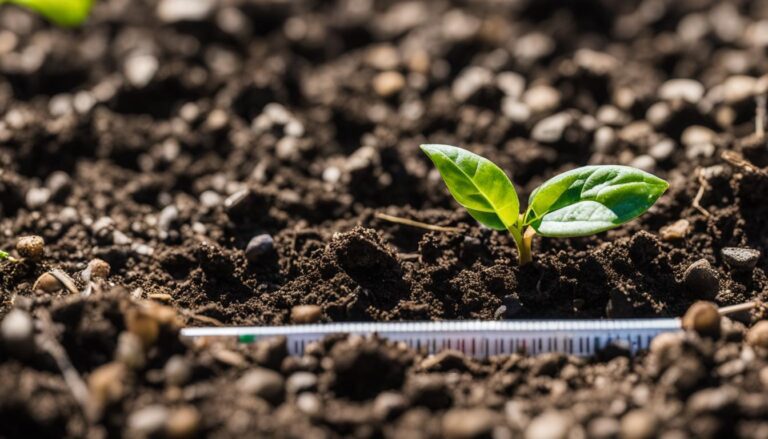

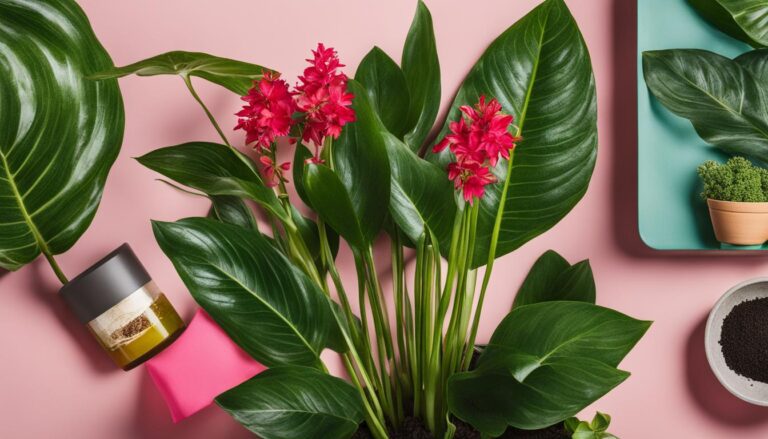
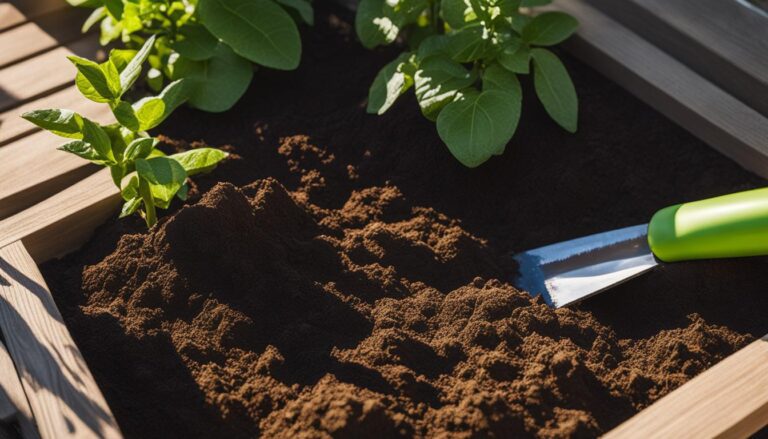
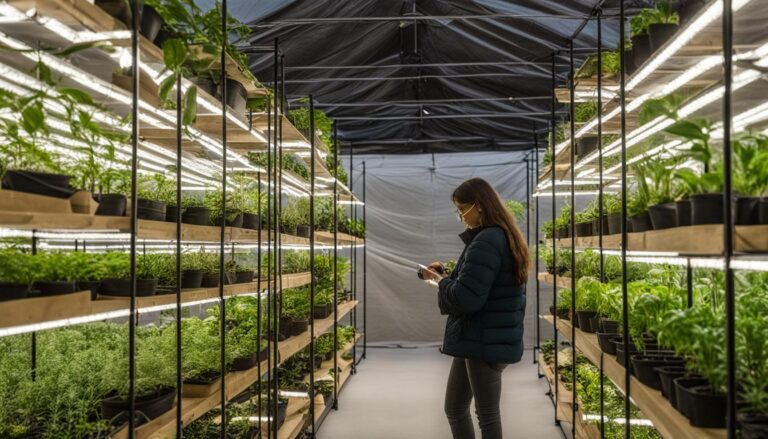
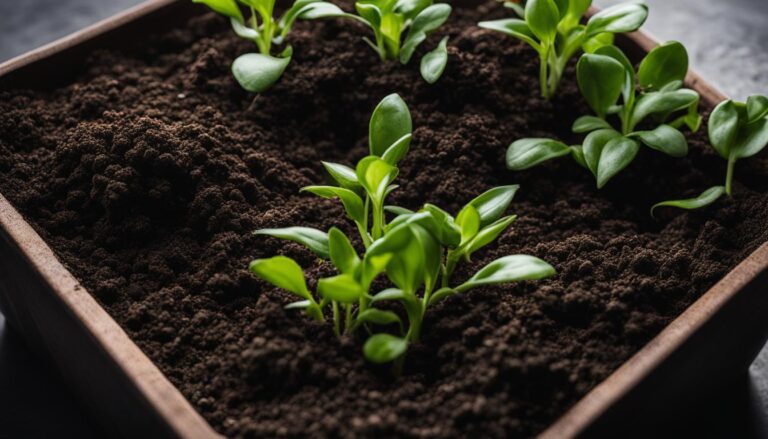
One Comment
Comments are closed.